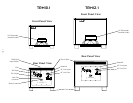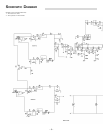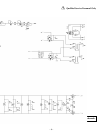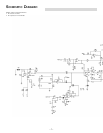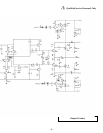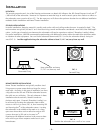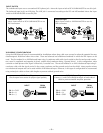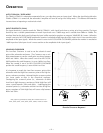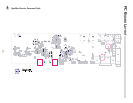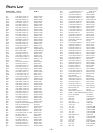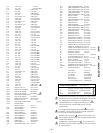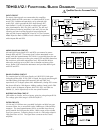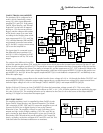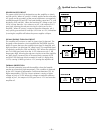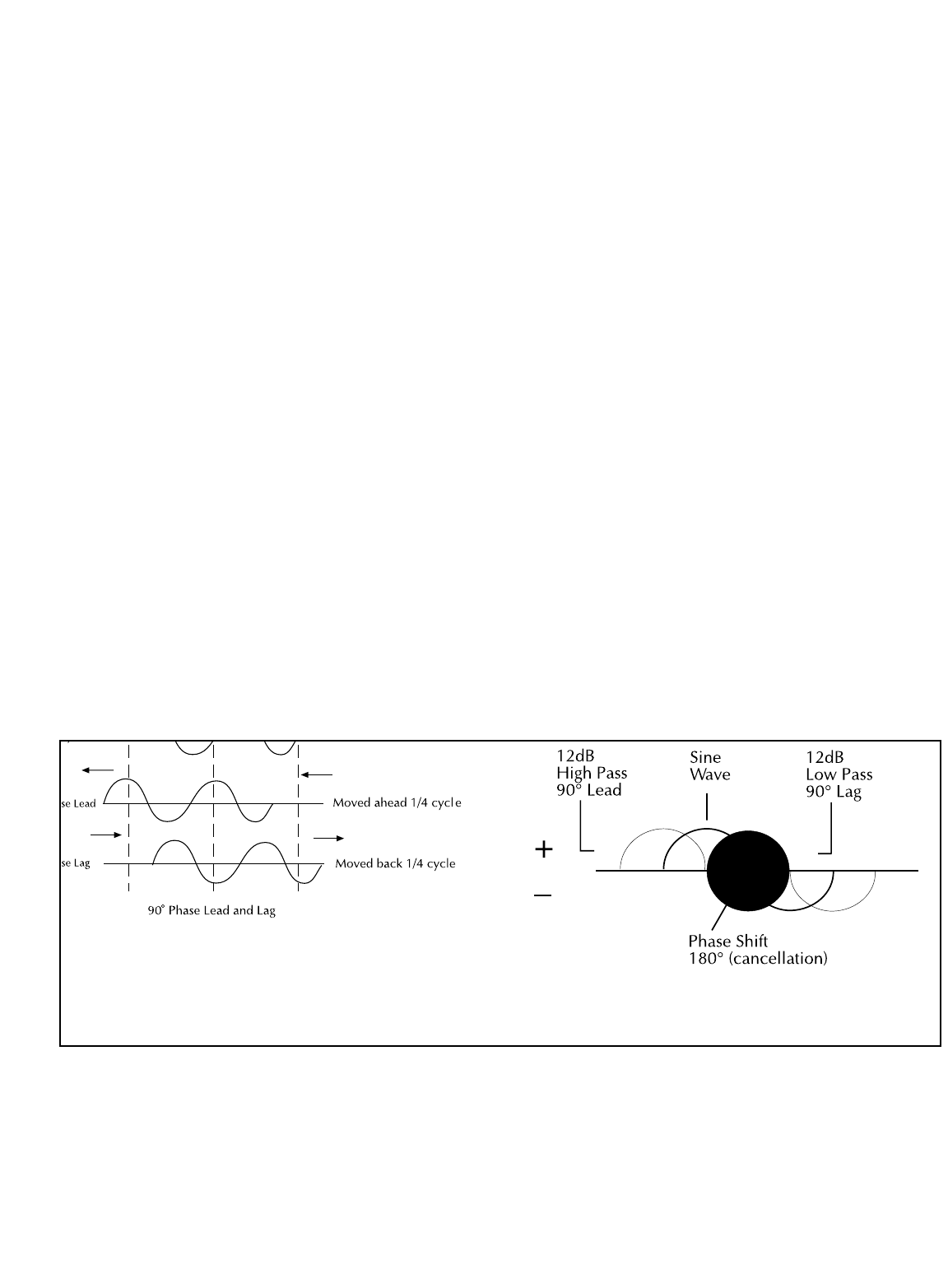
– 12 –
PHASE CONTROL
The Phase Control switches allow the TRM10.1/TRM12.1 to be acoustically aligned with other speakers in your sys-
tem. 0˚, -270˚, -180˚, or -90˚ of phase shift at 80Hz can be selected using DIP switches 2, 3, and 4. For 0˚ of phase
shift, leave all three switches in the OFF (up) position. -270˚ of phase shift occurs when switch 2 is selected in the
ON (down) position. -180˚ can be achieved by selecting both switches 2 and 3 in the ON (down) position. Finally,
selecting all switches 2, 3, and 4 in the ON (down) position produces -90˚ of phase shift.
Setup Procedure
1) Place all your speakers and any acoustically significant components in their working location in the listening
environment.
2) Insert a sine wave signal into the audio path. Be careful to turn down the level before turning on the amplifiers.
3) Choose a frequency that corresponds to the crossover frequency between the TRM10.1/TRM12.1 and the full-
range speakers.
4) From the listening position, alternate between the TRM10.1/TRM12.1 and the full range speakers and adjust the
levels until they have the same acoustic output. Use an SPL meter, a microphone on a VU meter, or your ears to
accomplish this.
5) With all speakers on, try the 0˚, -270˚, -180˚, and -90˚ phase settings. The setting with the highest SPL reading
from your listening position will produce the most effective acoustic alignment.
6) Set the TRM10.1/TRM12.1 gain control according to your preference. This will not affect the acoustic alignment
of your system.
Here is a list of some items that can affect acoustic alignment: relocating speakers, changing the TRM10.1/TRM12.1
Low Pass frequency, changing the acoustic environment (i.e., traps, diffusors, etc.), and/or changing the listening
position.
Although this procedure produces the maximum achievable acoustic gain for your system, listening tests may still
lead you to prefer another setup.
Example of how phase misalignment between high frequency speakers and a subwoofer can cause cancellation



